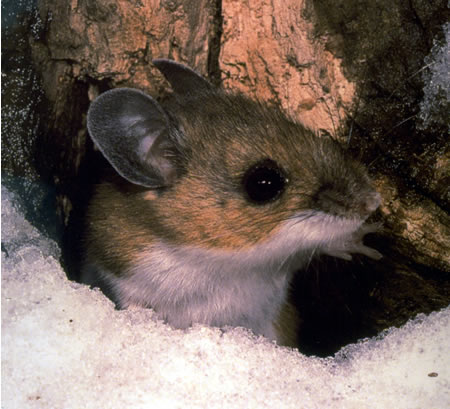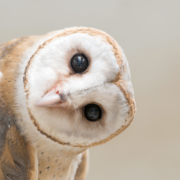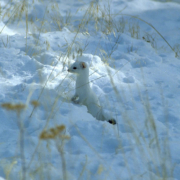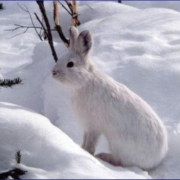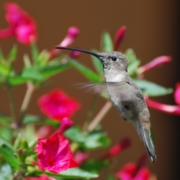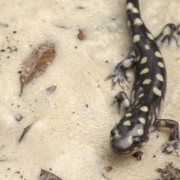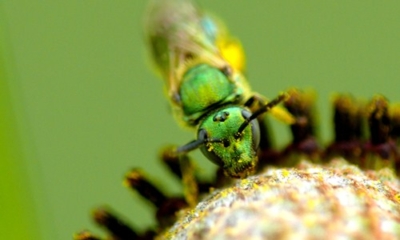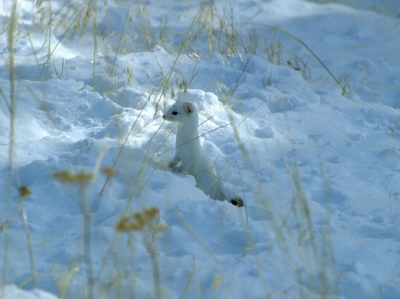Wildlife in Winter: Finding Cover Under the Snow
Here in the Mid-Atlantic region, we’ve been experiencing snowfall on almost a weekly basis for the last month or so. And while all this snow causes school shutdowns and traffic headaches for us, some of the local small mammals, like voles, mice, and shrews, do very well by staying beneath the snow.
This type of habitat is called subnivean habitat, a word derived from the Latin words sub (beneath) and nives (snow).
Voles, mice, and shrews dig tunnels under the snow, which allow them to travel safely between burrows and food sources without being seen by predators. Snow also provides excellent insulation against below-freezing ambient air temperatures, creating a microclimate near the ground with a temperature closer to 32°F (0°C). The subnivean tunnels only become visible once the snow melts and the tunnels collapse.
There are some great educational activities out there that you can use to teach students about how small mammals and other wildlife use snow. A great one I found is a game called Subnivean Critter Tag, which requires little more than freshly-fallen snow and some imagination.
Have you found any great conservation education activities for the snow? Please share them in the comments below!
